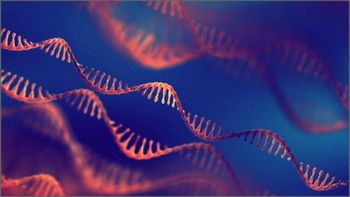
Ion Mobility–Mass Spectrometry (IM–MS) Analyzed In New Minireview Module
A group of scientists created a minireview of the versatile nature of ion mobility–mass spectrometry (IM–MS), and how the technique can be used in different scenarios.
A group of scientists created a minireview of the versatile nature of ion mobility–mass spectrometry (IM–MS), and how the technique can be used in different scenarios. Their work was published in the Journal of Separation Science (1).
Ion mobility–mass spectrometry (IM–MS) is becoming a popular method for usage in proteomic studies. This is due in part to its enhancements in dynamic range and throughput, which lead to an increase in quantitation precision and the depth of proteome coverage. IM has already grown popular for its ability to differentiate ions in milliseconds based on their sizes and charge state. When combined with MS, it can lead to multidimensional analyses, which analyze complex metabolite mixtures by increasing the signal-to-noise ratio due to the separation prior to MS detection; by separating isomers with the same mass but different structures; and by providing mass–structure correlation trend lines for class identifications not possible by other methods (2).
The main objective of using IM spectrometry is to separate ions in an inert gas present in an electric field’s influences, with differences in drift time being the most prominent separation factor. This has proved useful in metabolomics studies, such as performing metabolic profiling on blood and brain tissue samples and classifying metabolites such as oligonucleotides, carbohydrates, and lipids.
The scientists’ minireview is meant to introduce ion mobility operation modes to newcomers, providing descriptions of the technique’s advantages and limitations. Specifically, trapped IM–MS (TIMS–MS) and its principles, namely parallel accumulation-serial fragmentation, are discussed. From there, emerging techniques connected to TIMS, with focuses on sample throughput (in clinical proteomics) and sensitivity (single-cell proteomics), are discussed, with intact protein analysis possibilities being discussed.
References
(1) Perchepied, S.; Zhou, Z.; Mitulović, G.; Eeltink, S. Exploiting Ion-Mobility Mass Spectrometry for Unraveling Proteome Complexity. J. Sep. Sci. 2023, 46 (18), 2300512. DOI:
(2) ScienceDirect. Ion-Mobility Spectrometry-Mass Spectrometry. Elsevier B.V. 2016.
Newsletter
Join the global community of analytical scientists who trust LCGC for insights on the latest techniques, trends, and expert solutions in chromatography.





